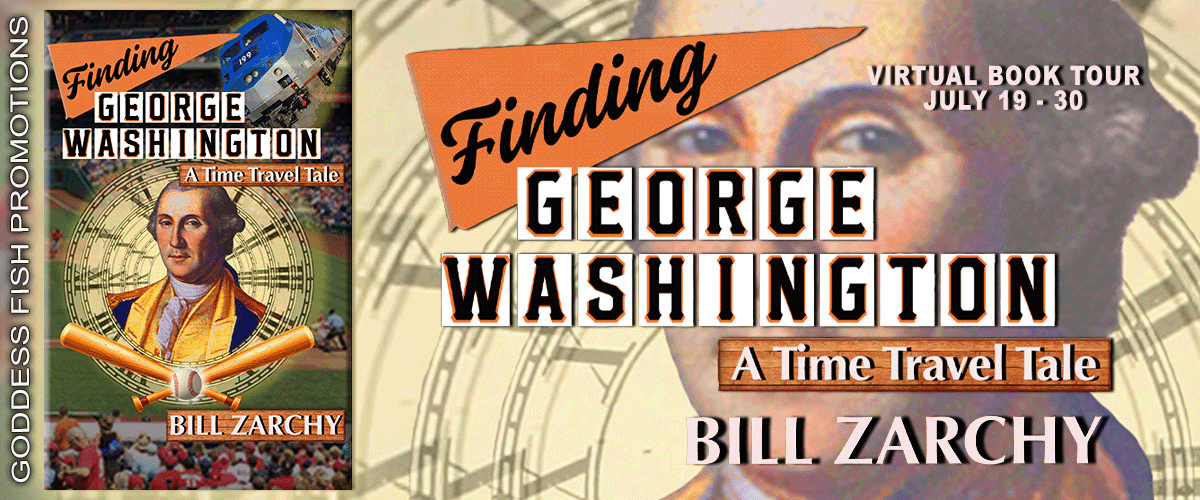
Today we welcome the wonderful and uber-talented Bill Zarchy! Among many other accomplishments, Bill has written a time travel tale that looks exceptionally fascinating. So without further adieu, let’s get right to it.
What drives your story forward in your books the most, the characters or the plot, or do you feel they are intertwined?
Sometimes the characters and their needs and situations drive the story forward, sometimes it’s the plot. When I first started my novel, Finding George Washington: A Time Travel Tale—my first effort at fiction—my head was full of arbitrary advice on how to proceed. “You can’t write a novel unless you outline the plot,” I was told. “You can’t set out on your journey until you have a destination. You’ve gotta figure it out more before you get into it too deeply, or you’ll have to deal with chaos.” My lack of an outline or a clear idea where I was going made me feel guilty and fearful. Then I found Stephen King’s book on writing, called On Writing, and his advice validated my piecemeal approach. In a nutshell, he said that he often has no idea where he’s going with the plot and usually starts with characters and a situation. With that, he can start to write a few chapters and let his characters deepen—and his story clarify—as they both take him along for the ride. Sometimes the need to go somewhere and do something specific and concrete is of paramount importance. Sometimes the characters’ internal needs drive the story. And, of course, often both are in play.
If you were a character in one of your books, which would you be? The hero/heroine, mentor, villain, love interest, etc.?
I am regularly accused of being Tim, the protagonist (and first-person narrator) of my debut novel, Finding George Washington: A Time Travel Tale. Like me, Tim is tall, lives in Berkeley, loves history and baseball. Unlike me, Tim is in his mid-20s and enjoys video games. Nevertheless, I regularly hear from folks who are reading the book, “Oh, I’m up to the part where you get on the train in Davis.” When I point out that they’re confusing my main character with his creator, they laugh it off, usually mumbling something like, “well, he’s tall like you, y’know …” In some ways, Tim is like my younger son, who was about Tim’s age when I started writing Finding George.
I know actors crave roles where they can play villains, but I would never choose to be a bad guy. If I had to choose a character in this book, I would most want to be George Washington himself. I think it would be fascinating and exhilarating to be in his shoes, for a while, anyway. His combination of passion and self-discipline is so different from my own lazy, laid-back persona!
Do people you know end up as characters in your book? Be honest…
Oh yeah.
There’s a long train ride in Finding George. During my research, I decided to take the same Amtrak trip my characters take in the story. The sleeper car ticket included all meals in the dining car, and the servers routinely put together groups of four to dine together, so it’s easy to meet and chat with other passengers, even strike up friendships. After each meal, I hurried back to my compartment, whipped out my laptop, and recorded copious notes on many of the people I had just met. Some of them appear in the story, their names, occupations, and hometowns sanitized, their morality expunged. A few ended up as villains. In addition, several friends made it into the narrative: the proprietors of a burger joint near my home, a gentleman cannabis farmer buddy, and our family dog Sophie, the inspiration for Tim’s dog Nevada.
If you could meet a literary character, who would you most like to meet?
I would love to meet John H. Watson, MD, the sidekick and erstwhile roommate of Sherlock Holmes. I love all those old mysteries and their often-cerebral nature, but I identify with Watson and feel like I’m best suited to being a foil, the Boswell (biographer) to Holmes’ Samuel Johnson. So I’d love to meet Watson.
Was there something in your first edit that didn’t make it in the final copy?
In the early versions of Finding George Washington, Tim, the protag, is playing a video game called Assassin’s Creed 3, which is set during the American Revolution and includes dialogue scenes where the player can converse with George Washington. My son was playing the game at the time I started book seven years ago. I found this game intriguing and somehow related to my story about interacting with Washington in the near-present. I originally included some short scenes of the gameplay, including dialogue, at the beginnings of six or eight of my chapters. It was a cute idea, but it ultimately didn’t work. The gameplay and dialogue centered on an increasingly unhinged Washington who thought he should be king, vastly different from my portrayal. The insertion of these mini-scenes from the game disrupted the continuity of my narrative. Also, because it was a real, copyrighted, commercial game, I would have had to pay royalties! Wrong on all counts. So the Assassin’s Creed 3 scenes came out. Tim still plays a made-up video game called Independence during the story, but it’s not a prominent theme anymore.
What do you do to prepare your mind to write? To get into the mind of your characters?
When I was in college and editing the campus daily newspaper, I could write and copyedit and layout pages in the midst of tumult and chaos. When I went back to writing, about 20 years ago, I could craft my stories at the table with family around and the TV on. But those days are long gone. Now I need a much more solitary setting. When I’m trying to get into the mood for writing, I start by closing the door to my office so I’m not distracted by what’s happening in the rest of the house. I often try to clear my desk of physical clutter, and I put on soft music—usually jazz, sometimes classical, always instrumental. I can’t have song lyrics floating around in the room when I’m trying to conjure up words to put on the page.
Getting started each day can still be a chore, trying to figure out the most logical place to attack the huge white whale (my book), knowing that no matter where I start on this leviathan task, I can only subdue a minuscule segment of the whale each day. I usually start by looking over the last thing I wrote or improved or revised, then reading it out loud.
Hearing the words I’ve put on the page is a vital part of my process. Whether it’s fiction or nonfiction, I always want my words to flow smoothly and please the ear. I say them and hear them, soak in their rhythm, often over and over. And that’s one good way to get the mind re-engaged with the scene and characters.
What book as a child/adolescent most influenced you as a writer?
When I was a teenager, I read a book I found in my parents’ bookcase: The Year the Yankees Lost the Pennant, by Douglass Wallop. It was a beautiful book, with a bright yellow dust jacket. The front cover by famed sports cartoonist Willard Mullin depicted a horned, forked-tale, satanic figure gleefully pitchforking a member of the hated Yankees in pinstripes. It was a baseball story that wasn’t really about baseball, re-telling the Faust legend—an average, middle-aged suburban guy sells his soul to the devil, in return for one season as the best baseball player in the world (Joe Hardy), for the worst team in the world (the hapless Washington Senators). The devil, whose name is Applegate, is constantly trying to tempt him and trick him. Wallop’s novel, of course, became the hit musical “Damn Yankees” on stage and screen. I love that you don’t need to know a lot about baseball to appreciate the story. I love that and find it inspiring. I re-read The Year the Yankees Lost the Pennant recently. It’s about aspiration and hope and love. It’s a wonderful book.
How much research went into your last book?
I needed a lot of research for Finding George Washington. I really didn’t know much about George beyond the basics: Revolutionary War hero, first president, married to Martha, lived at Mount Vernon, had wooden teeth, threw a dollar across the Potomac, chopped down a cherry tree (but “could not tell a lie” about it). I benefited from dozens of books, fiction, and nonfiction, to help me create an accurate and respectful portrait of the general. The teeth, the dollar, and the cherry tree all proved to be apocryphal stories, but George had led a long and immensely influential life, to say the least, and there was much for me to learn. I am grateful for the assistance of Mary V. Thompson, research historian at Mount Vernon, who answered a number of questions about Washington’s demeanor, physical presence, voice, and accent. I also made the decision that I didn’t want to send my characters anywhere I hadn’t been myself, so I took the same long train trip as the characters in the story and had a few of the same adventures they did, visiting Mendocino, New York, Valley Forge, Philadelphia, Independence Hall, the Liberty Bell, Colonial Williamsburg, the Washington Monument, Mount Vernon, the Doe Library at UC Berkeley, the Smithsonian National Museum of American History, AT&T Park in San Francisco, and Citizens’ Bank Park in Philly.
What’s one of the most important things you’d like your readers to know about you? What defines you most as an author?
I’ve never studied or been taught creative writing, so I don’t approach it with a lot of preconceived ideas on writing technique. What I know is that sometimes the words just flow out of me, and it’s my job to capture them and preserve and massage them. Finding George Washington is my first work of fiction, my entire body of work. One thing I’m noticing now that the book is complete is that I enjoy writing short chapters and presenting the story in a cinematic way, in a series of scenes. I think that keeps it fast-paced. A number of people have commented on the short chapters, noting that they don’t get bogged down trying to slog through them. Short chapters make it easier to feel that you are progressing through the book, especially for people who don’t have a lot of time to read each day. Though I certainly haven’t tried to mimic anyone else’s writing, this cinematic, short-chapter approach reminds me a bit of the work of Kurt Vonnegut years ago, especially his novels Cat’s Cradle and Slaughterhouse Five.
What is one thing about you that may surprise your readers?
One thing that may surprise you is that I don’t really consider myself a science fiction writer. Finding George fits within the broadest definitions of sci-fi, but I usually think of sci-fi novels as futuristic space operas with intergalactic battles and creepy alien beings. This is nothing like that. The bulk of the action appears in the near-present (2014), with a few anchor scenes in the past. I mean, sure, people travel through time and we see some bleak glimpses of a possible future, so it’s gotta be sci-fi, but there are no spaceships, no aliens, and no flux capacitors, and the biggest display of technology in the story has a distinctly vintage feel to it.
Can you tell us what prompted you to write your latest release?
My debut novel, Finding George Washington: A Time Travel Tale, originated with a notion I used to have as a kid: if George Washington suddenly appeared in front of me, how would I explain the wonders of 1950s technology to him: TV, air travel, rockets, trains, cars? It was a mental game I would play with myself. Years later, I remembered that game when I was searching for an idea for a novel.
Perhaps I should bring old George back to the present, I thought. I’d always been fascinated by the presidents, especially Washington. I had grown up with a set of president cards, like baseball cards but a bit smaller, with names and pictures on the front and facts and stats on the back. During the early stages of my story development, the San Francisco Giants were rolling through a historically significant season, and I began to see a way to craft a fanciful, light-hearted action thriller around my love of history and my passion for baseball.
What’s next for you? What are you working on now?
My next novel is a sequel to Finding George called Saving Franklin. It’s about Franklin D. Roosevelt, another “what if” story or alternate history, based upon a real historical event: In February 1933, after his first election as president but before taking office, FDR was the target of a gunman’s attack at a rally in Miami. The man got very close to the president-elect’s party and squeezed off half a dozen shots, injuring several people and killing two, including the mayor of Chicago. Roosevelt, miraculously, was unhurt. But what if … he had been killed that day? What would have happened to the history of the United States and the rest of the world if FDR hadn’t been there to guide us out of the Depression and lead us through World War II? Would someone else have stepped up successfully? Or, without the right leadership, would we have languished in poverty and dysfunction for decades? I’ve written some structural ideas and a few chapters for this new book, featuring a number of the same characters from Finding George. The structure will likely be more complex and less straightforward, so I’ve started an outline, but there are many huge empty places where I hope someday to have chapters. Stay tuned.
Thank you, Bill for giving us more insight into you and your books! Being a history geek myself, I would be on cloud nine to have visited all the places you’ve been to for your research! Visiting the Smithsonian is a history-lovers dream come true and I can’t say enough good things about Colonial Williamsburg. I hope to get back there someday soon.
I look forward to picking up Finding George Washington: A Time Travel Tale and giving it a read!
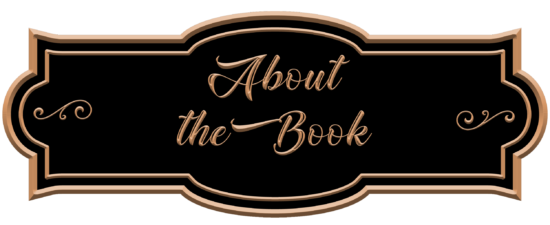
Publication Date: November 19, 2020
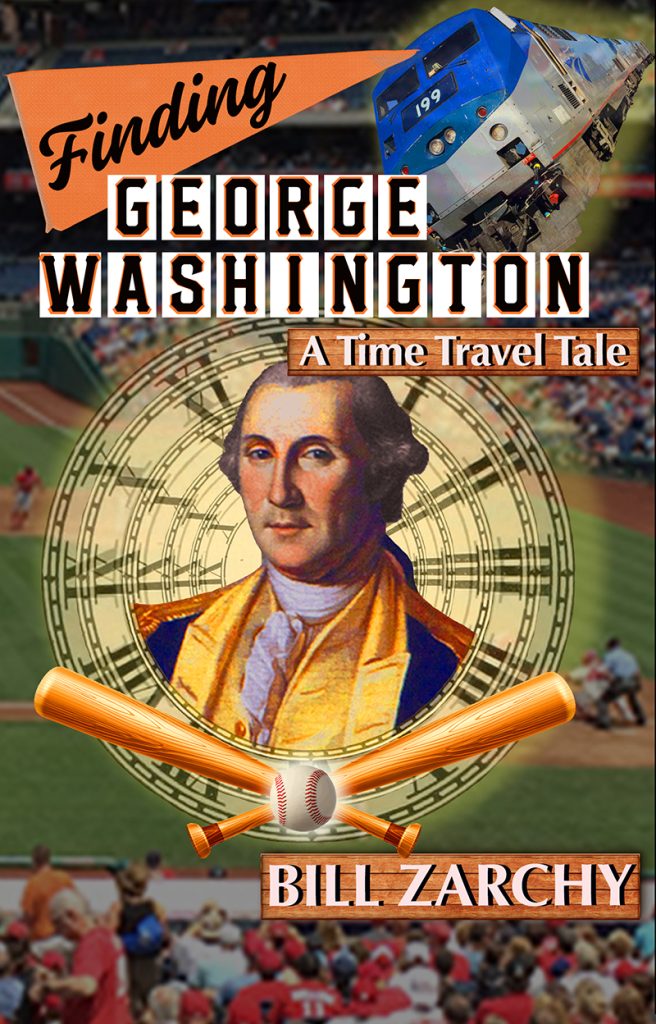 On a freezing night in 1778, General George Washington vanishes. Walking away from the Valley Forge encampment, he takes a fall and is knocked unconscious, only to reappear at a dog park on San Francisco Bay—in the summer of 2014.
On a freezing night in 1778, General George Washington vanishes. Walking away from the Valley Forge encampment, he takes a fall and is knocked unconscious, only to reappear at a dog park on San Francisco Bay—in the summer of 2014.
Washington befriends two Berkeley twenty-somethings who help him cope with the astonishing—and often comical—surprises of the twenty-first century.
Washington’s absence from Valley Forge, however, is not without serious consequences. As the world rapidly devolves around them—and their beloved Giants fight to salvage a disappointing season—George, Tim, and Matt are catapulted on a race across America to find a way to get George back to 1778.
Equal parts time travel tale, thriller, and baseball saga, Finding George Washington is a gripping, humorous, and entertaining look at what happens when past and present collide in the 9th inning, with the bases loaded and no one warming up in the bullpen.



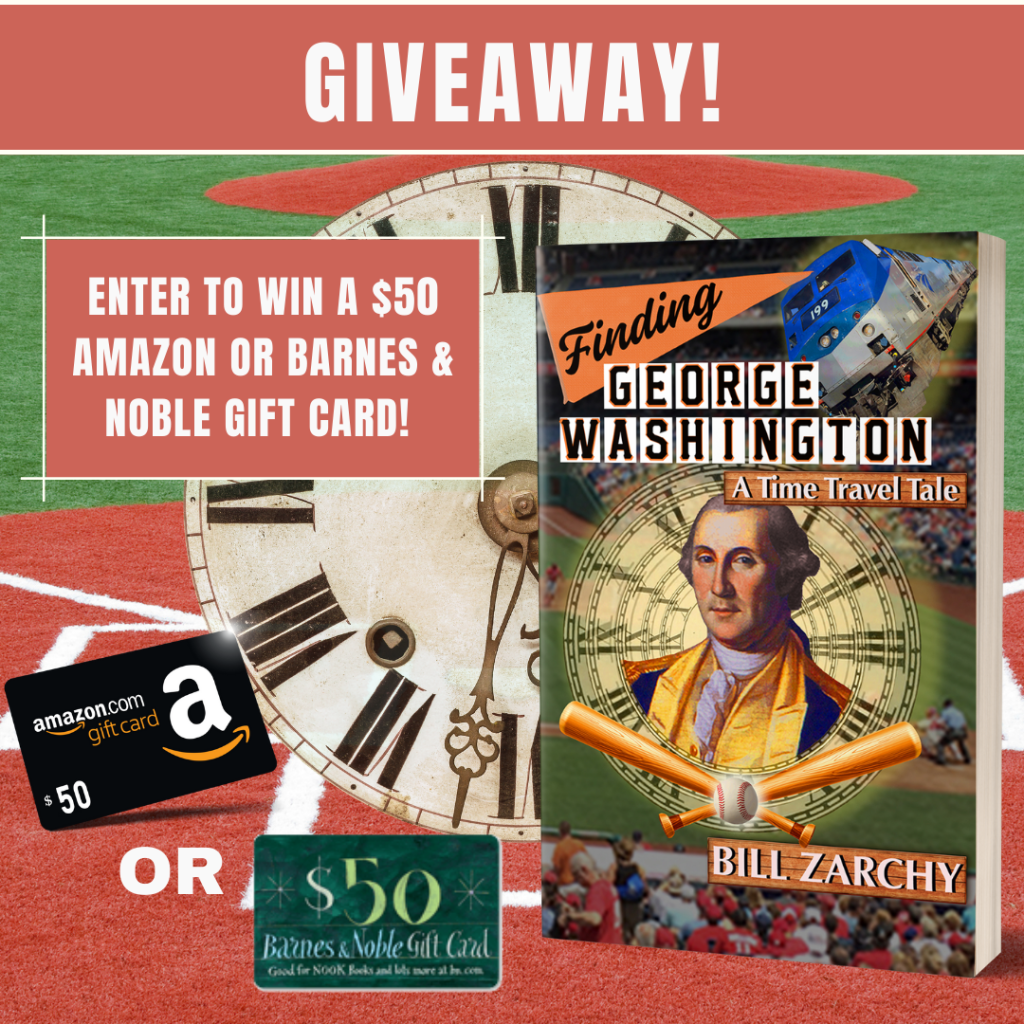 Bill Zarchy be awarding a $50 Amazon or Barnes & Noble gift card to a randomly drawn winner via Rafflecopter during the tour.
Bill Zarchy be awarding a $50 Amazon or Barnes & Noble gift card to a randomly drawn winner via Rafflecopter during the tour.
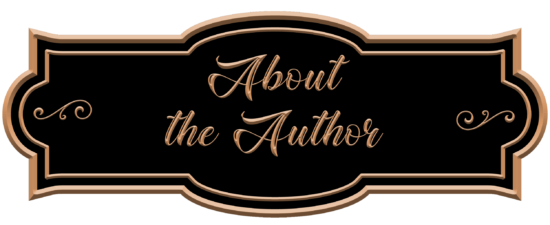
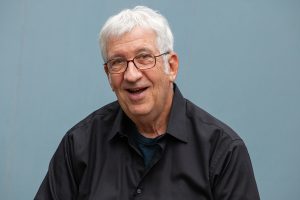 Bill Zarchy filmed projects on six continents during his 40 years as a cinematographer, captured in his first book, Showdown at Shinagawa: Tales of Filming from Bombay to Brazil. Now he writes novels, takes photos, and talks of many things.
Bill Zarchy filmed projects on six continents during his 40 years as a cinematographer, captured in his first book, Showdown at Shinagawa: Tales of Filming from Bombay to Brazil. Now he writes novels, takes photos, and talks of many things.
Bill’s career includes filming three former presidents for the Emmy-winning West Wing Documentary Special, the Grammy-winning Please Hammer Don’t Hurt ‘Em, feature films Conceiving Ada and Read You Like A Book, PBS science series Closer to Truth, musical performances as diverse as the Grateful Dead, Weird Al Yankovic, and Wagner’s Ring Cycle, and countless high-end projects for technology and medical companies.
His tales from the road, personal essays, and technical articles have appeared in Travelers’ Tales and Chicken Soup for the Soul anthologies, the San Francisco Chronicle and other newspapers, and American Cinematographer, Emmy, and other trade magazines.
Bill has a BA in Government from Dartmouth and an MA in Film from Stanford. He taught Advanced Cinematography at San Francisco State for twelve years. He is a resident of the San Francisco Bay Area and a graduate of the EPIC Storytelling Program at Stagebridge in Oakland. This is his first novel.

July 19: It’s Raining Books
July 19: Rogue’s Angels
July 20: Andi’s Book Reviews
July 20: The Obsessed Reader
July 21: Straight From the Library
July 22: Our Town Book Reviews
July 22: Don’t Judge, Read
July 23: All the Ups and Downs
July 26: Fabulous and Brunette
July 27: Novels Alive
July 28: Westveil Publishing
July 29: Travel the Ages – review only
July 29: Author C.A.Milson
July 30: The Avid Reader
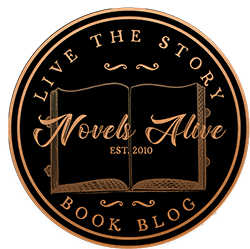














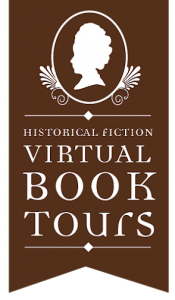

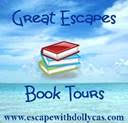

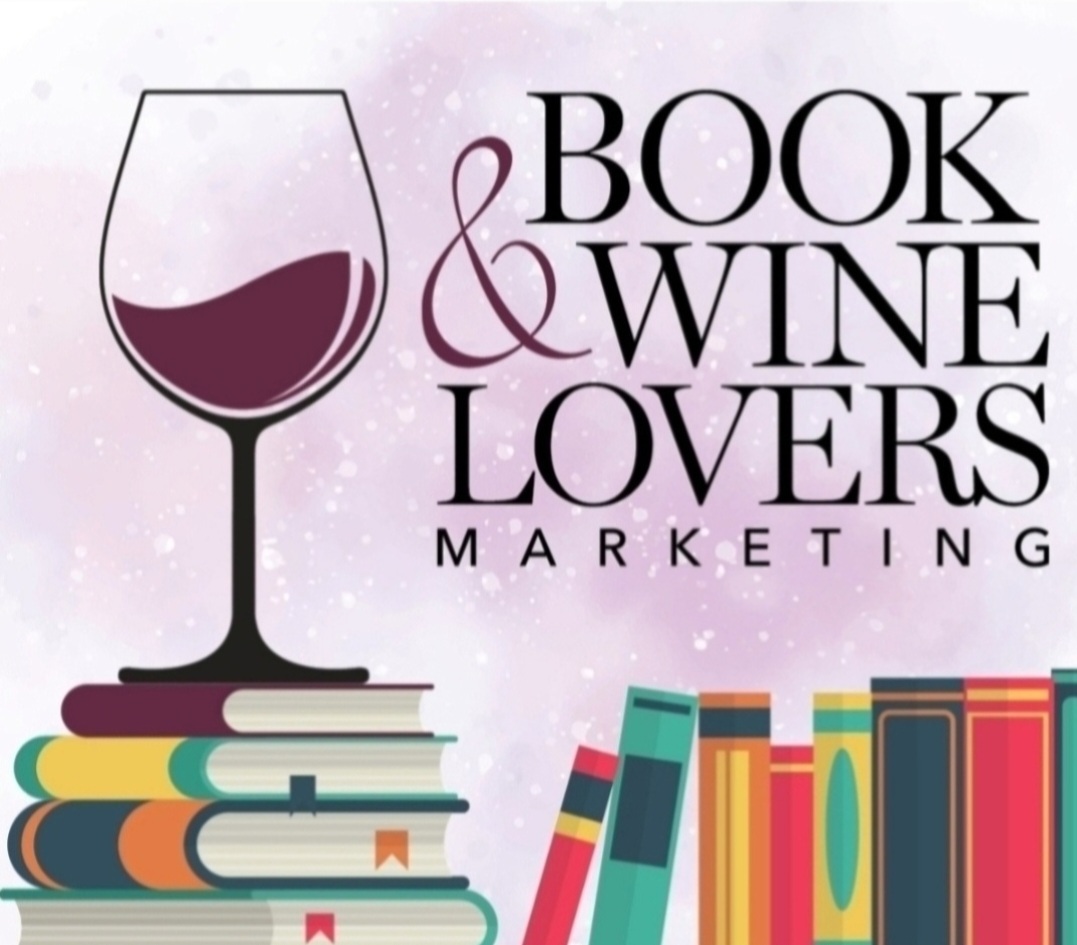
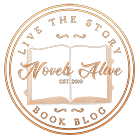
Thanks for hosting!
You’re welcome!
I liked the excerpt.
Thanks. It’s one of my favorite parts of the book, where George learns about all the things that have changed since his day. I thought originally the whole book would be that kind of fish-out-of-water story, but subsequent research showed me George was a complex man, and the story couldn’t be that simple.
This sounds like the best George Washington book ever!
Thanks. It’s my favorite GW book so far!
Looks like a very interesting book.
Thank you! I hope you get a chance to read and enjoy it. I had a blast writing it. And it’s got history, thrilling action, humor, baseball … and TRAINS! What’s not to like?
Thanks so much for hosting me today!
You are most welcome, Bill!
The book sounds fascinating. Hooe i get a chance to read it!
Dude check it out. It’s fun, informative, and very interesting
Sorry, I meant “do check it out.”
I love the cover! It sets the tone for the book.
Thank you. I love it too!
Cover and interior design by Matthew Félix.